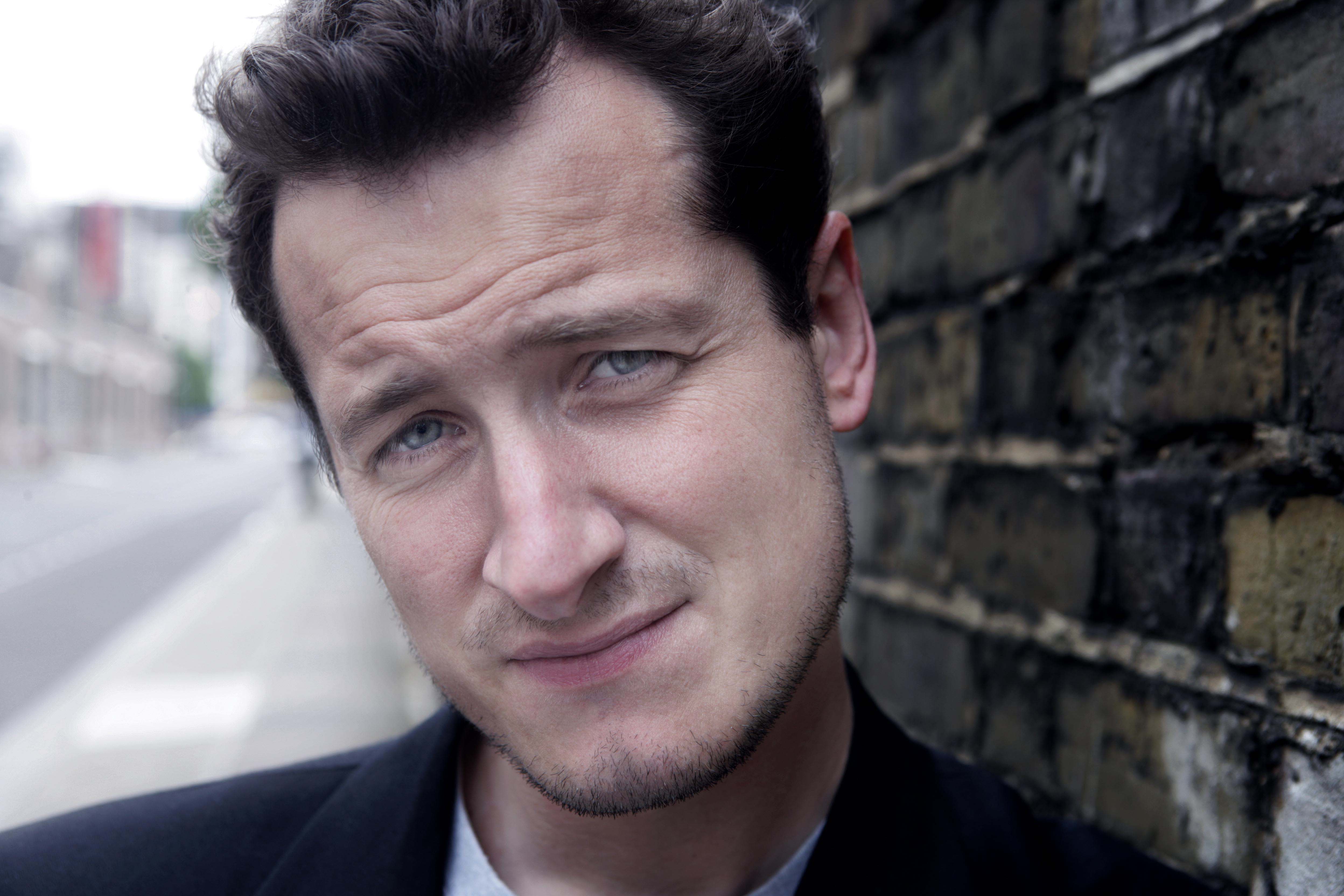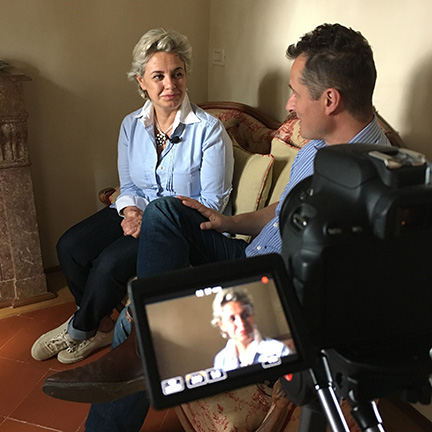
Silvio Nardi purchased the Casale del Bosco estate in 1950 when Montalcino was still a small, rural village. Nardi and his family were pioneers in developing Montalcino into the international success it enjoys today. Today the estate is run by Silvio Nardi's youngest daughter, Emilia Nardi. The estate constists of 36 vineyard plots of Tenute Silvio Nardi extend east and west of the town on three separate estates.
Monty Waldin talks to Emilia Nardi about the family, Tenute Silvio Nardi, the development of Montalcino and uniqueness of its soils.
Monty Waldin: Emilia, tell me a little bit about your family history. You weren't originally wine producers were you?
Emilia Nardi: No, we were not wine producers. My father came here in 1949 to rest, because he was a very good businessman and producer of agriculture implements. He needed a place where he could be perfectly, completely himself.
He found this place, Casale del Bosco, which means a house in the forest, and here he was, my dad. I have a profound love for this place, because it is the place where I had my dad.
Why was your father so busy? What was his business?
His business was to build agriculture implements. Like plows, like rotating tillers, tillers and the seeders—worldwide for the worldwide soils. That's why we have such a deep link with the earth, with the soil. That means a lot to us, for both businesses.
That's quite unusual.
In 1993 we started to replant the vineyard. We started from the basics, that means the soils. The soil is unique to Montalcino, because here we have a mosaic of soils. Imagine in the 36 vineyards, we have 25 different kinds of soils.
You've analyzed them and you've got little pots of soil, haven't you?
Yes, we first analyzed for the planting of the vineyards. 120 hectares, because this estate is quite big. As I said, we are farmers first and we cultivate even wheat and barley.
We chose our site, the first 120 vineyards. We dug five holes per hectare, to choose and to see the profiles of where the future vineyards will grow.
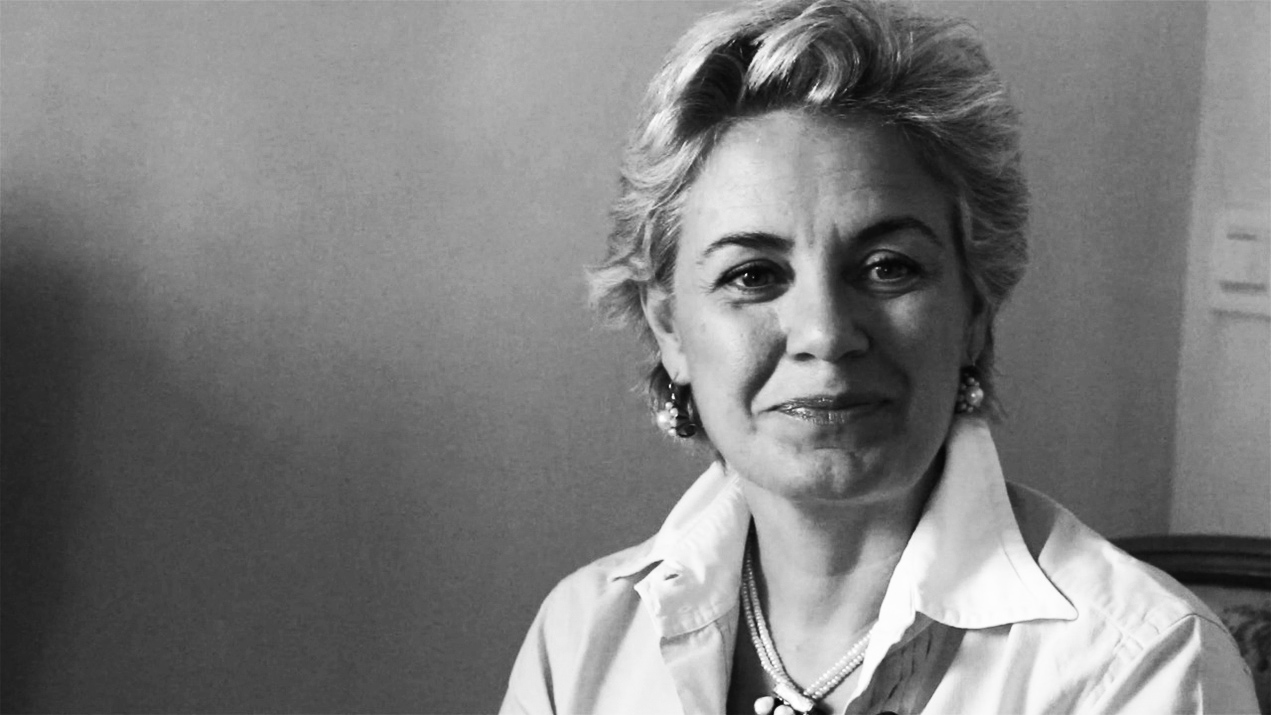
Do you think that gives you an advantage, the fact that you did grow other crops? A lot of Montalcino producers, without naming names, they come from different backgrounds, they were accountants or lawyers or whatever, and they really didn't understand a lot about the soil. Whereas you guys were farmers, and that's why you seem to have gotten it right with your plantings.
The philosophy of life between a farmer, a lawyer, or industrial man is completely different. I think that when you make wine, you need to be a farmer. Not to complain about the lawyer, but yes, to plant the vineyard. You have to wait 10 years from the date of plantation for the right grape, and then you have to wait another five years to become Brunello.
I don't think that it is possible to wait so long in any other businesses, to produce such a perfect product like Brunello di Montalcino.
Your father is very important to you. His father, your grandfather, what's his story? He was the one that gave you the link to Montalcino, didn't he?
My grandfather had emigrated to the United States. That was in 1893, and he left three children and a wife in Italy.
My grandfather Francesco came back as an immigrant from the United States. That was in 1895, and started to produce a new type of plow. Imagine that in an international show in Paris, where the Eiffel Tower was built, my father was there to exhibit the plow. He was a small producer.
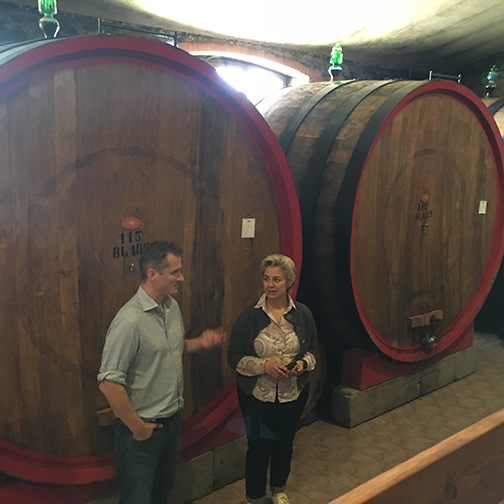 He made these metal plows that were being dragged by horse or by oxen?
He made these metal plows that were being dragged by horse or by oxen?
Made a plow like the reversible plow.
Which was a unique invention?
It was a unique invention. As a result, he became very famous, in fact, it's called the Nardi system. Working the soil is in our blood, if you will. That's what makes us special farmers. We have been innovative, we create innovation for farming, and that's what I have tried to do here in Tenute Silvio Nardi Montalcino.
It's quite unusual that you have dug so many holes before planting. I've not heard of anybody else doing that here. What soils do you have?
The holes... Where the root stock grows is important. That's what makes the wines different, especially when you work with a single vineyard, and a single variety. This soil is very important, especially when you work with a variety of grape like Sangiovese [which is also known as the ‘Brunello’ or “small dark-coloured grape in Montalcino]. It is so sensitive to the soil and to the climate, so it's important to see where this grape will grow. That's what we have done, before planting, we have studied the soil.
When you were small, you had a very close relationship with your dad. Did he sense in you that you were the little farmer girl?
We have always lived in the country, because here this was the place where my father came for hunting. We have another estate in Umbria where we had grown, but we have always lived in the country.
When I was 20 he said to me, "If you go to university you have to study and you have to finish, and attend the university very quickly to have your doctorate. Or you go to the country, to Montalcino, because I need a person there from the family."
Which did you choose?
I was 20 years old, I chose Montalcino.
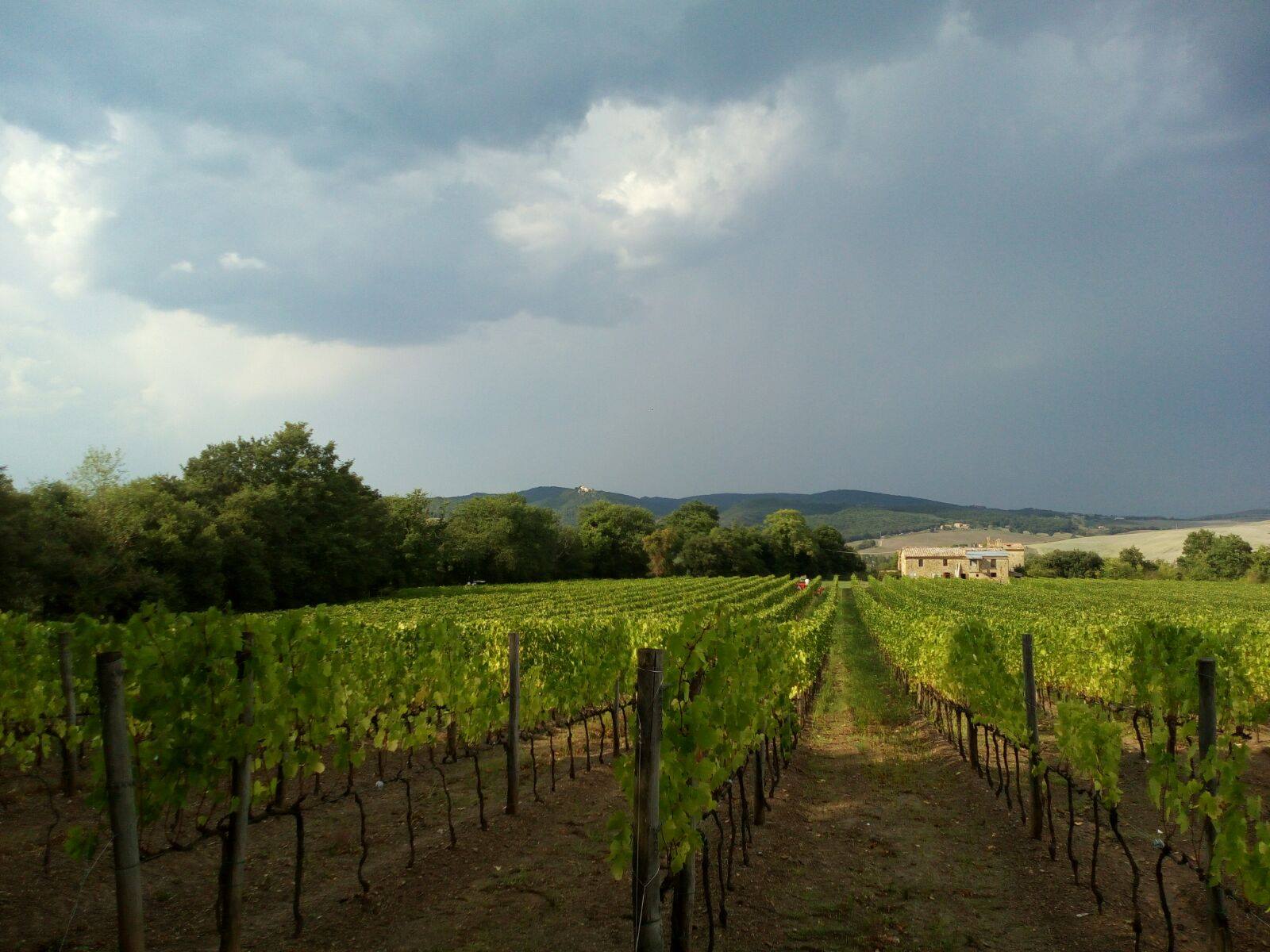
Really?
Yes, it's the place that I have always loved. It's not easy, because Montalcino is not New York. It's not the small provincial town like the place I live on the weekends. But, It’s a wonderful place to live.
You may have a big problem, but you open the windows of your office and you look outside and you see this wonderful, splendid, terrific nature outside.
When you were 20, we won't go into your age. But 20 years, at that period.
No, it was 33 years ago.
What was it like then? Now people coming to Montalcino find there are restaurants and shops and all sorts of fancy things.
I have been coming here since I was one year old. Montalcino was very different, imagine that the road from Buonconvento to Montalcino was unpaved. I remember that. Even the fortress [in the hill top town of Montalcino], everything was a village. There was practically nothing here, but Montalcino has always been very proud. Montalcino people have always been very proud to be from Montalcino. That I think has made a difference between us and the other wine regions of the world.
Nature has given us a lot, because there is a mosaic of soils. It makes this place so unique compared to other places in the world. It's a small microcosm where you can grow with one single grape [the Sangiovese or ‘Brunello’], different wine with different shades, depending upon the place where you have the vineyards.
Going back to the time when I started, we were only 36 labels around the 60 estates to produce grapes, so imagine how very different it was. Now we have 250 producers, and 200 labels or so. It's grown so much.
If there has been growth it’s because Montalcino has something special to offer the world.
What makes Montalcino so special? What makes the Brunello from here, the Sangiovese from here, so special?
It's a combination of things. I've always figured it like a triangle. There is the soil, there is the grape, and there is the man and the picker. It's a combination of the place where Sangiovese grows, perfectly adapted to Montalcino, and it's possible to produce a pureness here. At the same time, it is the man that interprets what nature offers.
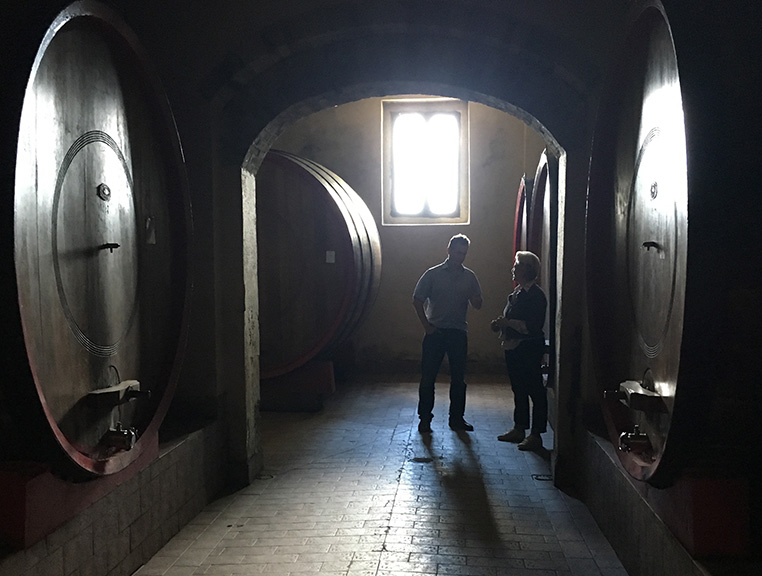
There are some very strong-charactered female winemakers. It seems quite egalitarian here, some of the top producers here are women that have really large estates. Do you think that makes it a bit unique in Italy?
I don't know.
Yes, Elisabetta Gnudi Angelini [owner of Altesino and Caparzo], Donatella [Cinelli Colombini or Casato Prime Donne] and yourself. I think the big estates, and the Banfi family.
I have to tell you I come from Umbria, which is a very religious place. Probably if I had stayed there I wouldn't have had the same opportunity that I’ve had in Montalcino—to express myself.
Why not?
Because Montalcino favors the potential for women, and probably even the wine business allows a woman to express herself as a business person. Here it’s a balance between the agriculture way of life, and the industry.
I always say we have to wear our boots in the vineyard and high heels when we globe trot to promote the wine. As a woman I like to go to New York, or other places in the world, not only to promote my wines but for shopping. It's a good combination.
You also love wearing your boots and getting dirty, and getting the earth on you, don't you?
I have been very lucky. I haven't had to do the very hard work that is done in the vineyards, but I like gardening, absolutely. My hobby is gardening. Always touching the soil, always touching the earth, and watching things grow— it's very important to me. I spend a lot of time in the vineyards too.
There have been big changes in Montalcino; how challenging have the last few years been? There was the story about Merlot being blended in, and then there's the financial crisis. And, the American market slowing down or speeding up. How easy are these external shocks to deal with from your perspective?
There are many aspects. Being a farm I know that big investments are not so easy to do in agriculture. That means that normally, the good farmers spend money when they have it. The financial markets have affected big investments from the estates that have been created from nothing. Where a lot of money has been lent by the bank. That's the financial aspect.
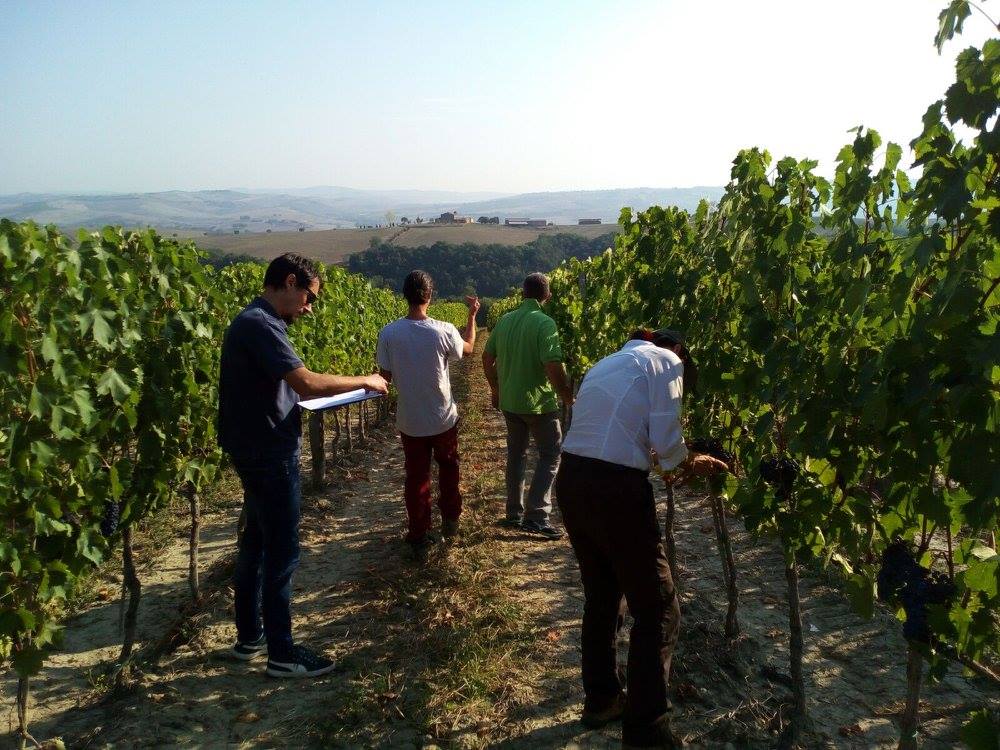
Further, as a luxury product, the sales of Brunello in 2009 dropped very quickly. People haven’t any more easy money, and so they have saved in areas that are possible. A bottle of wine you can easily save, you don't buy.
Also, I think that the scandal combined with the sudden financial crisis of September 2008 had created a pressure situation regarding cash flow for some producers. The risk was some producers might be tempted to sell their wine at lower prices to rectify their cash flow. Difficult times are sometimes the best moment to re-think what the important and key drivers of a business really are. We have understood that, and that the most important things we have, and we had, is here, is Montalcino and the unique possibility in the world to produce a great wine is in this place. That was much more important, to focus on the Sangiovese or ‘Brunello’ grape variety and to develop the unique red wines we create here in Montalcino with it. Now, due to hard work prices of the wines have increased compared to the time before the crisis.
I think that the next step in Montalcino, and I see now especially the grape producers focusing on it, is to create an estate style. We are doing that because we have started to study the soil. We know perfectly that our Tenute Silvio Nardi [vineyard] can produce elegant wine, and not thick, full body Brunello that were typical of the south. There are consumers for both types of wine.
We are focusing a lot on our own style. I see something in common in every estate, so you buy Banfi because you want that style. You buy Caparzo because you want that style. Just to give an example, you buy Tenute Nardi because you want our style. For example we have a very fine, well very refined tendency that in other wines are not like ours. Probably we don't have big Brunello, Brunello that some people might prefer to ours.
Your wines are very fluid and very much like ballerinas. Is that linked to the soil? You've got this very fine soil, haven't you?
Yes. It's linked that we have two estates, one in the northwest [Casale del Bosco, the historic centre where the winery and offices are located with 40 hectares or 99 acres of vines] and the other one [called Manachiara with 40 hectares or 99 acres] in the east side. The east side is in the half moon which is around Montalcino, they say it is the best place in Montalcino.
Northwest is less known, because we are only two big producers, us and Castiglion del Bosco [owned by a member of Ferragamo family, known also for the fashion brand bearing its name]. Here the soil isn't very different, but the climate is very different, because we are affected by the winds coming from the north.
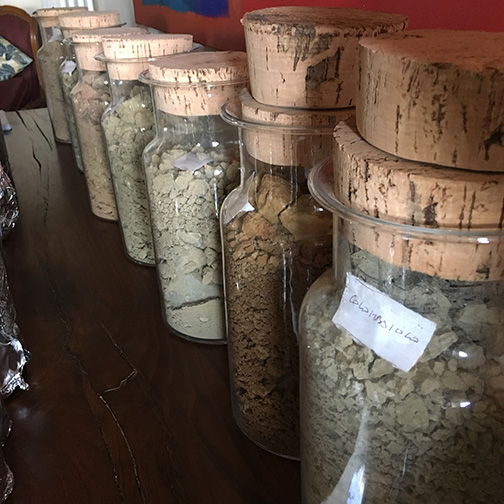
Plus there is a canyon excavated by the river [Ombrone] where the winds flow very quickly, and so make it cold, but at the same time very dry. A little bit dry compared to the other places in Montalcino. But it is not wet. Even storms last just a few hours, we don’t have days and days of storms and thunder. They last two three hours, and then they go away, because this tunnel wind brings away the rains.
Casale [del Bosco] is a special place, very different from the east. The east is much warmer. Imagine there is a one week difference in the harvest time [between the two main vineyard sites]. One week seems to be nothing, very few days, a bunch of days, but if you consider that the cycle of the vineyard is less than 300 days, it's a lot. It's a big difference.
Is it nice to have two vineyards that give different characters, that you can blend?
The common denominator of the two estates is that they produce elegant wine. We have made a choice to add to our classic Brunello, which is the blend of our best 20 vineyards. We chose to create Manachiara in 1995. Manachiara comes from a vineyard that is in the east and even the name, “bright morning” is ancient Italian.
It's a place that is on the east side. There we have more sandstone soil, mixed together with clay. It's quite easy even to find some places with shells.
Sea shells, yes. From millions of years ago.
Millions of years ago, shells, so big! There it's richer, the vineyard is 45 years old. Manachiara came out when we started to make the single vineyard vinification. It has come out as a big Brunello, of very good quality, and that's why in 1995 we have taken the decision to produce as a single vineyard.
On the other hand, in Poggio Doria, which means “golden top of hill,” we have planted the old variety of Sangiovese discovered in Manachiara. This is another way to mark darker the style of a vineyard. Having our own clones helps a lot to have our own characteristics.
Going back to your family history with the Biondi Santi family, they are obviously the creators, if you will, or the founders of Brunello over 100 years ago. What was your family link to them?
My father came here in 1949 and in 1950, he bought the estate after one year of renting it. He was trying to sell the [agricultural] machinery to the Biondi Santi family, to the Colombini, and all the other families here. They were producing wheat too, and so they needed the plow. That was the moment when the tractor started to arrive in our fields. They needed a new kind of plow, not with animals, with the tractors.
Monty Waldin was the first wine writer to specialize in green issues. He is the author of multiple books, including The Organic Wine Guide (Thorsons, 1999); Biodynamic Wines (Mitchell Beazley, 2004); Wines of South America (Mitchell Beazley, 2003), winner of America’s prestigious James Beard Book Award; Discovering Wine Country: Bordeaux (2005) and Discovering Wine Country: Tuscany (2006), both Mitchell Beazley; and Château Monty (Portico, 2008). His most recent books are Monty Waldin’s Best Biodynamic Wines (Floris, 2013) for wine drinkers, Biodynamic Gardening (Dorling Kindersley, 2014) for biodynamic home gardeners, and Biodynamic Wine (2016, Infinite Ideas Oxford), the comprehensive how-to guide for biodynamic wine-growers and students of biodynamic wine.
Buy Monty Waldin's detailed guide to the nuts-and-bolts of biodynamic wine-growing on Amazon.
